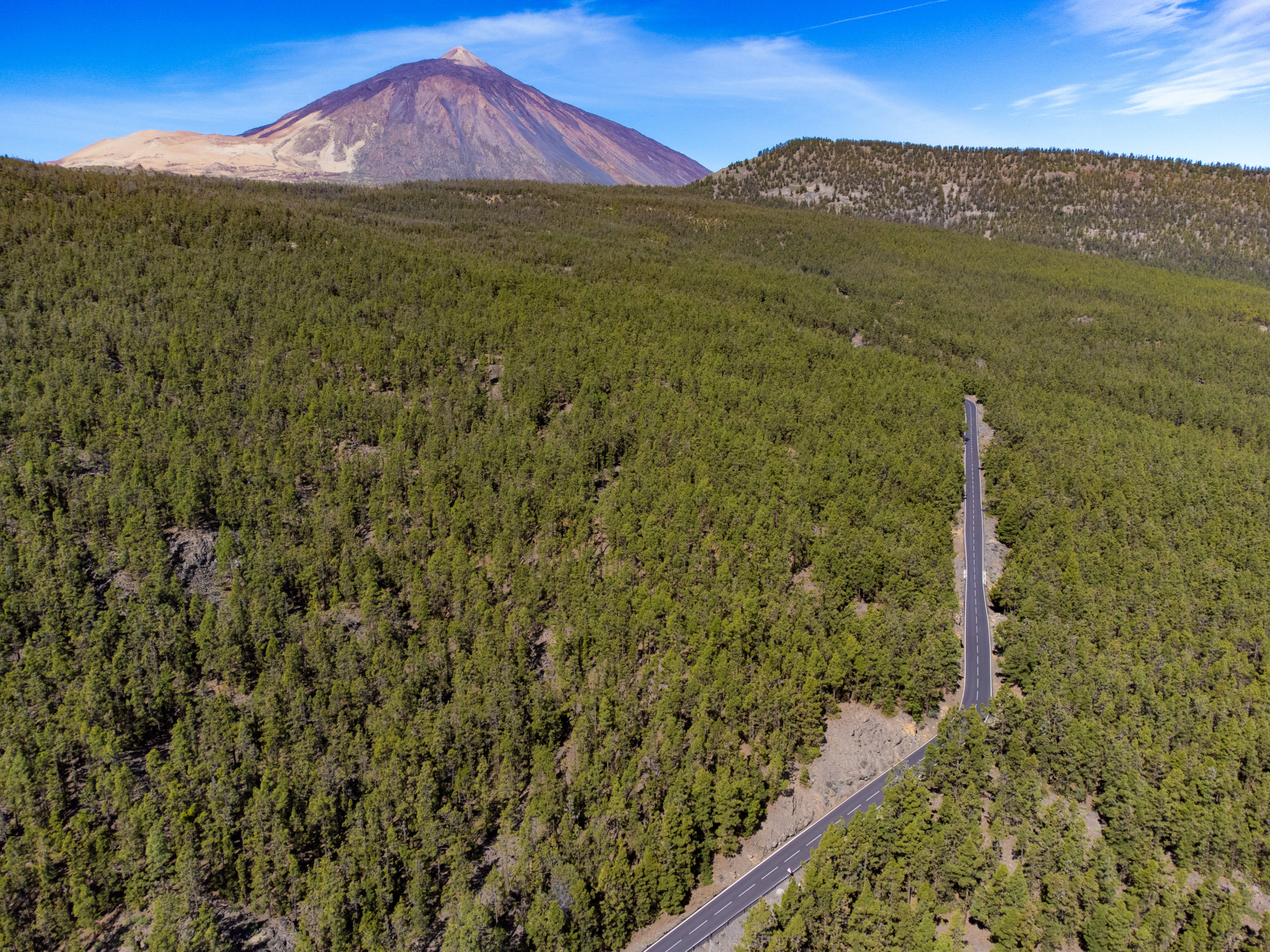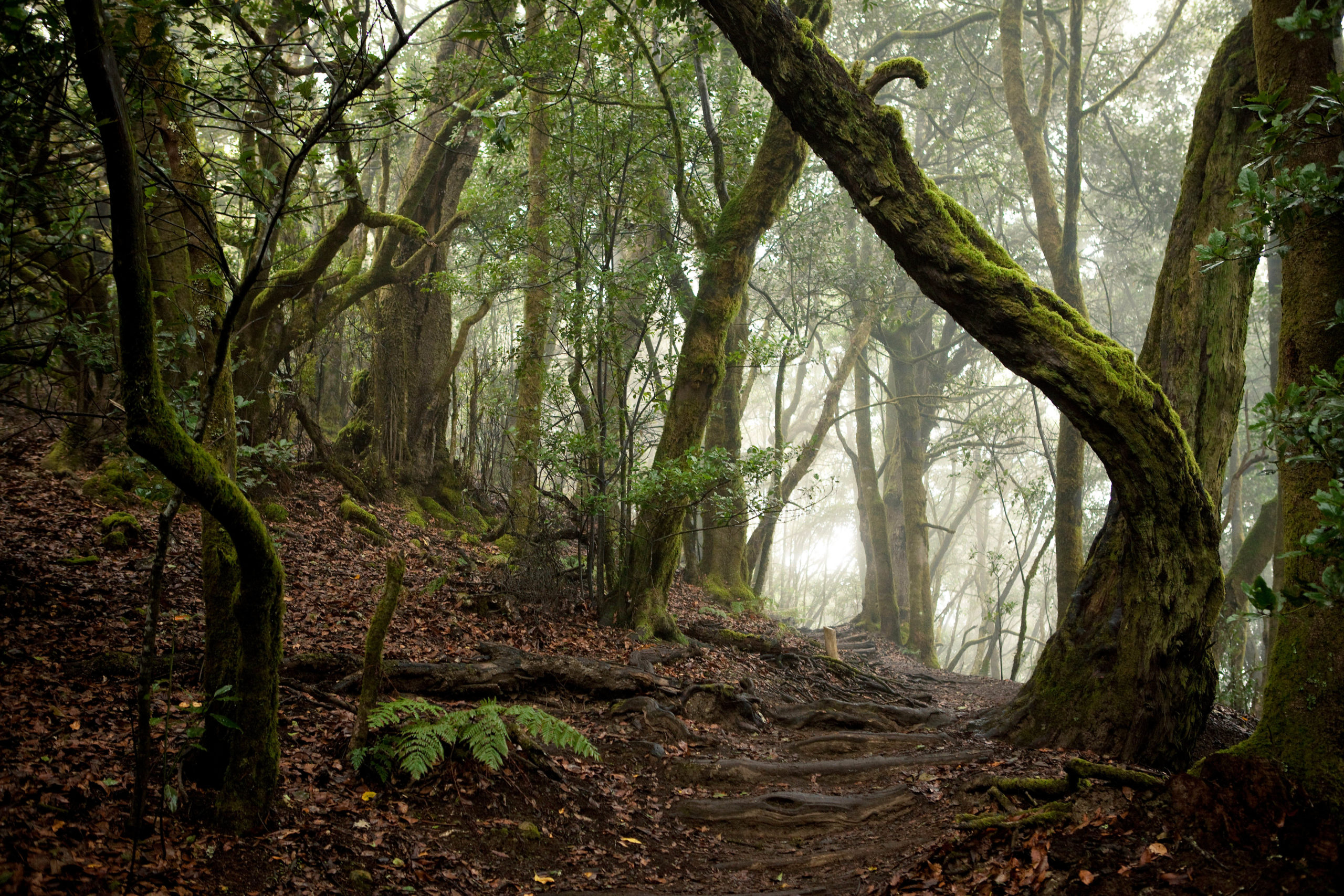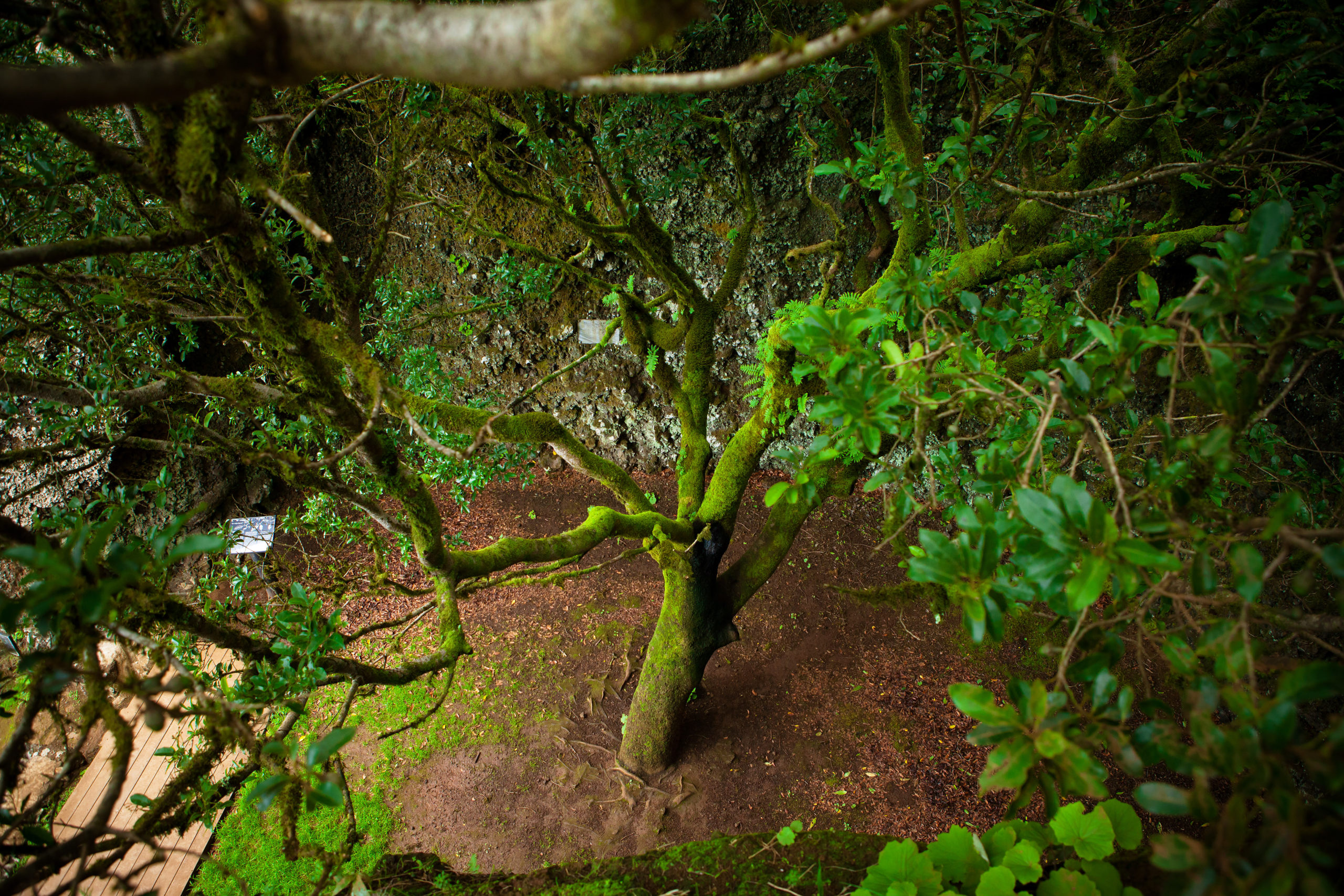The Canary Islands have beautiful but tragic legends that trace part of their history.
The Canary Islands are steeped in a rich tapestry of legends and mysteries that intertwine the natural beauty of the islands with their cultural and historical heritage. Here are some of the most notable legends and tales from this enchanting archipelago:

Tenerife: The Legend of Guayota and Mount Teide
According to Guanche mythology, an evil god named Guayota resided within Mount Teide. When angered, he would unleash fire and destruction from the volcano. The Guanches, native inhabitants of Tenerife, would offer crafts and food at the volcanic openings to appease him. Guayota, jealous of Magec, the Sun god, trapped him inside the volcano, causing darkness to engulf the world. The Guanches prayed to Achamán, the supreme god, who ultimately defeated Guayota, imprisoned him within Teide, and sealed the crater with a whitish cone. Legend holds that Guayota still sleeps within Teide, waiting to awaken.
Lanzarote: The Devil of Timanfaya
In 1730, a catastrophic eruption buried a quarter of Lanzarote. A wedding taking place on that day was disrupted by the volcanic eruption, resulting in the bride, Vera, being struck by a large stone and killed. Her fiancé, Aloe, distraught, ran into the volcano and disappeared. Today, Aloe’s name is associated with the aloe vera plant, known for its healing properties and growing in Timanfaya National Park.

La Gomera: The Tragic Love of Gara and Jonay
La Gomera is home to the legend of Gara and Jonay. Princess Gara of Agulo saw shadows in a magical spring, which foretold a tragic fate involving fire. She fell in love with Jonay, the son of the Mencey of Adeje, but their love caused Teide to erupt in anger. Forbidden to be together, they eventually reunited and, upon being discovered by Gara’s father, chose to die together by stabbing themselves with a cedar rod. The Garajonay National Park is named in their memory.
The Island of San Borondón
Many chroniclers reported sightings of a mysterious island called San Borondón, which appeared and disappeared west of the Canary Islands. Described as floating land with vivid details like clothes hanging to dry, the island is said to vanish among dense fog or clouds, earning names like the Inaccessible, the Lost, and the Enchanted. Some attribute this phenomenon to optical illusions.
Tenerife: The Ghost of Catalina Lercaro
Catalina Lercaro, a young woman from a wealthy family in La Laguna, took her life by jumping into a well when forced to marry an older man. Denied burial in a church cemetery, her restless spirit is said to haunt her family’s palace, now the History Museum. Visitors report strange noises, footsteps, and shadowy figures within the building.

El Hierro: The Garoé Tree
When the Spanish arrived in El Hierro, the Bimbaches, native inhabitants, hid the existence of the Garoé, a magical tree that provided fresh water. A Bimbache woman named Agarfa, in love with a Spanish soldier, revealed the tree’s location, leading to the capture of her people. The Garoé remains a symbol of the island’s unique and mystical natural heritage.
Fuerteventura: The Mafasca Light
The legend of the Mafasca light began when shepherds in Fuerteventura used a wooden cross, meant to mark a death site, to kindle a fire. A strange light emerged from the burning cross, frightening the shepherds. This light, believed to be the soul of the deceased, is said to appear on quiet, dark nights on Fuerteventura and other islands.
These legends and mysteries highlight the Canary Islands’ rich cultural heritage, blending mythology, natural wonders, and historical events to create a captivating narrative that continues to enchant locals and visitors alike.
For media inquiries and accreditation, please contact:
Sophie Sheridan Burns
+353(86)0846589
sophie@travelmedia.ie
Equipo de creación de contenidos
para la marca Islas Canarias:
INTERPROFIT
islascanarias@interprofit.es
